The world saw numerous revolutionary conflicts for any nation’s well-being. One of the significant insurgent wars in France got the name “The French Revolution,” which immensely influenced “The American Revolution” in the 18th century A.D.
The key differences between the two revolutionary wars were several factors such as geographical locations, progression of battles fought, duration, and the set of outcomes.
In gradual progression towards the 19 century, two countries participated in combat that left traces of a thirst for liberty, freedom, and power.
History met a turning point during the last quarter of the 18th century, as the combats undoubtedly smashed down traditional political ideologies concerning monarchy, imperialism, and feudalism.
Although directed towards parallel motives of liberation, the American and the French Revolutions had vast differences in their approaches.
The scenarios in each nation would contribute to contrast betwixt the proposition of how their nation was overviewed and ruled.
In this article, let us ponder some variances between the American and the French Revolution.
Who won the American Revolution?
Content
The Colonial Americans won the revolutionary war as they turned the final decision in their favor declaring America as an independent state from the British Crown.
What happened at the Boston Tea party?
A group of colonists disguised themselves and dumped tea worth 1000 pounds into the sea in the Boston Tea Party due to heavy taxation on tea products.
What treaty ended the American Revolution?
The Treaty of Paris ended the American Revolution officially.
Who ruled France during the French Revolution?
When the Revolution took place, King Louis XVI was the ruler of France.
What was the main slogan French revolutionaries used?
“Liberty, Fraternity and Equality” was the key slogan of French revolutionaries.
Introduction to the American Revolution
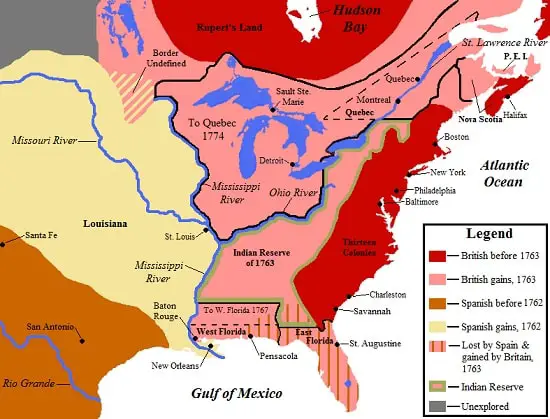
The American Revolution was a major political event placed amidst thirteen of Britain’s North American colonies demanding their freedom.
The epic military struggle took place between 1765-and 1783 A.D that deliberately objected to Britain’s imperialism.
One of the most prominent reasons backing the protest was a heavy imposition of tax levied on colonies deprived of their consent by the British monarch and Parliament.
The rebel movement was triggered by the clash of political opinions, a perpetual cycle of obstinate laws, and disciplinary practices.
Unlike many revolutionary wars, the American Revolution used arms and ammunition after skirmishes between the colonial military men and the British forces in Lexington and Concord in 1775 A.D.
Causes of the American Revolution

Before the outbreak of war, tension had been built between the British authorities and the colonists for more than a decade.
The French and the Indian war was a founding reason behind the conflict initiation as the British Crown annexed virgin territories under their domain.
However, the prolonged war caused the British Crown to be badly immersed in swamps of debts, which was attempted to counter via raising tax revenues among Britain’s American colonies.
The Stamp Act (1765), the Tea Act (1773), and the Townshend Act (1767) met heated revolts from the colonists, who profusely resented their lack of representation in the British Parliament.
After the British soldiers opened fire on a horde of colonists, killing five of them in the Boston Massacre in 1773, it provoked colonists who disguised and dumped 342 chests loaded with tea into Boston Harbor during the Boston Tea Party.
Outraged British Parliament enforced strict regulations known as the Coercive Acts to reinstate imperial authority in Massachusetts, that further led to armed war.
Closure of the war
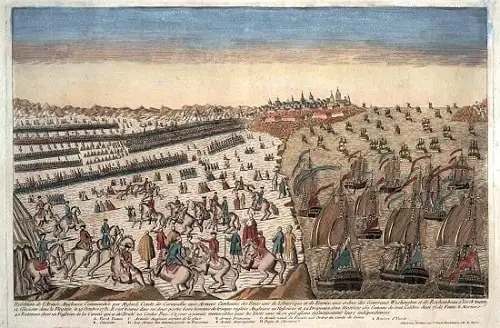
Series of battles were fought between British and the American colonists like the Battle of Saratoga, Battle of Yorktown, Battle of Lexington, and Concord.
Some battles turned into a victory for Americans, although the British Crown did not consider them a triumph.
After two years of the Battle of Yorktown, British forces removed their patrols from Charleston and Savannah in 1782 A.D. It was a decisive victory for American colonists, which was later legalized after signing a treaty in Paris.
The eight-year-long war was brought to a terminal end after Britain’s legal resemblance of American Independence in 1783 A.D.
Introduction to the French Revolution
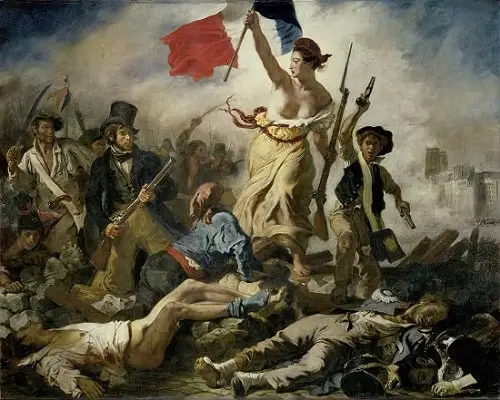
The French Revolution took place between 1789-and 1799, establishing France as an independent and republic nation. After removing the French upper classes, the Revolution was inspired by the enlightenment ideas of supremacy and inalienability of rights.
Around six years of war let people suffer through years of violence and political turmoil as privileged feudal monarchs underwent radical changes.
It was majorly directed against the elite wealth of the autocratic absolute monarch and was inflicted in the name of freedom and fraternity.
Initially, French interference in the Seven Year’s War in the American Revolution crashed the French economy giving rise to the economic crisis.
As a result, the French government heavily imposed taxes on its people leading to further deterioration of the economy via bad harvests.
Causes of the French Revolution

Historians have contemplated features of the Ancien Regime being the primary cause of the French Revolution; however, disagreements also raised a debate over aristocratic movements slipping out of control of contribution to the Revolution.
The socio-economic factors mainly affected France during the 18 th century A.D as significant military failures of the monarch and ineptitude brought in substantial war debts.
Furthermore, war debt welcomed the burden of an inequitable taxation system into the nation, causing poor and unmanageable economic conditions.
The socio-economic factor and the political scenarios gave birth to rebellion within the French public due to absolute monarchism, resentment towards the king’s deeds, and clerical privileges.
Moreover, the failure of king Louis XVI and his advisers to manage problems prevailing within their nation led to the French Revolution.
Timeline of the French Revolution

After the American Revolution, France’s situation started to heat up, addressing a problem concerning heavy taxation.
King Louis XVI called for his generals, noblemen, and advisers and was rumored to have conspired for an autocratic ruling system during 1789 A.D.
The Great Fear of July in 1789 was the outcome of the decision made by the king concurring with the National Assembly; hence Partisans seized Bastille in July of 1789.
A new French constitution was promulgated, declaring France an independent and liberal nation. It launched attacks on Austria and Prussia in 1792, marking the beginning of the revolutionary war.
The revolutionaries kidnaped royal family members, so France was divided into two leading powered groups: Montagnards and Girondins, who eventually abolished the monarchy.
While the Montagnards got hold of the power that provoked violent rebels like the War of Vendee, citizens revolted against its adopted socio-economic policies. After the military triumph in 1794, Maximilien Robespierre was overthrown and executed by the opposition.
Napoleon declared himself the leader of France after crushing down Royalists and the executive five-member Directory in 1797, after which France was declared a Republican state.
Difference between the French and the American Revolution
Let us ponder overcome the observable variations between the two revolutionary wars.
Location
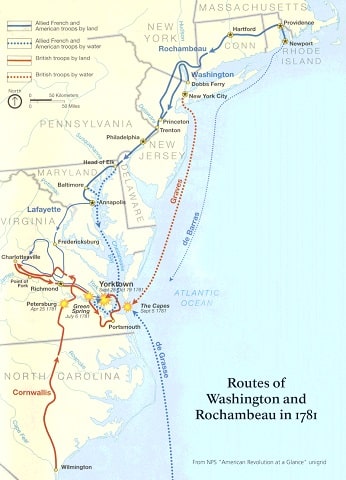
Location was one of the prime differences between the two conflicts since the American Revolution took place in a colony miles away from Britain’s governing monarchy.
The American Revolution lasted almost 20 years (1763-1783) initially fought the British Crown and North American colonies, eventually leading to global war.
Meanwhile, the French Revolution was geographically placed within French territory as an action that directly threatened the existence of monarchism.
Causes
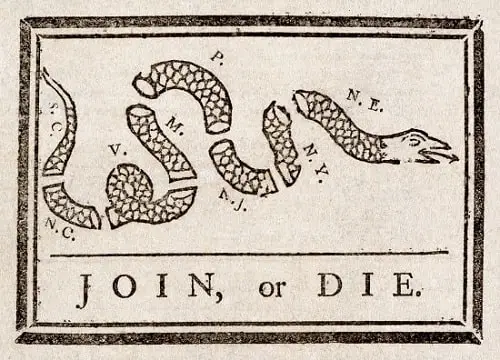
The American Revolution resulted from an improper taxation system as their slogan “no taxation without representation” included their key complaints.
Likewise, the lack of colonial representation in an authoritative position in the British Parliament also evoked the need for Revolution within America.
The French Revolution took up issues of inequality among the aristocrats and the underprivileged class of people to start the revolt.
Not just inequality but also the crashing French economy served as the seed for the awakening of the revolutionary campaign.
Target
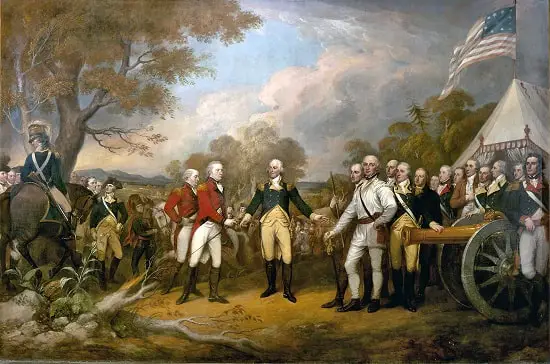
The British Crown was the key target of the American Revolution, directed by thirteen colonies: Virginia, Delaware, Maryland, Rhode Land, and many more.
The American revolutionists did not have any intentions regarding the change in the British system, while the French Revolution was fought between its people and the absolute monarchy.
Battles
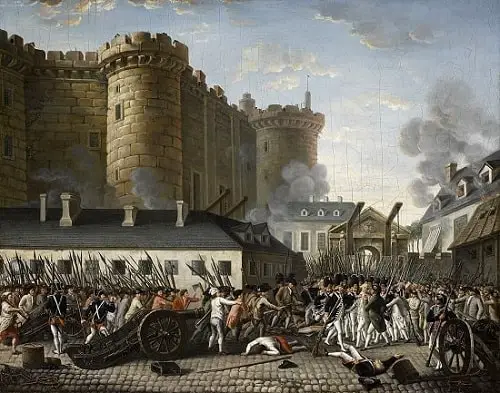
Although both the conflicts came to life as an opposition to their respective ruling bodies by the American and French public, the battles they fought were significantly different.
One of the critical battles of the American Revolution, “Battle of Lexington,” on April 19, 1775, was fought to refrain British soldiers from capturing patriots colonists, which caused a brief clash, including shots fired that killed one of the British soldiers and 18 colonists.
On the other hand, the “Battle of Bastille” fought on July 14, 1789, in the French Revolution was to rescue imprisoned leaders via seizure of the royal fortress and the assassination of the fortress’s military general Bernard Jordan de Launay by a mob of French revolutionaries. The combat cost more than 100 deaths of rioters.
Influence

The ideology primarily influenced the American Revolution to separate itself from the British regime. They demanded liberty, equality, and justice but did not intend to change the working principles of the British Parliament.
While the French Revolution had been heavily impacted by supremacy and inalienability of rights concerning fundamental changes to be brought in the way the French government worked.
They desired to replace the existing government with a more flexible and equitable one.
Ideology Division
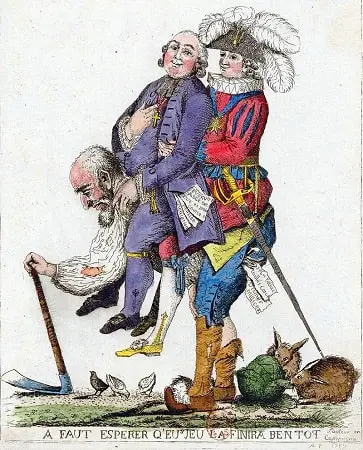
Since the French Revolution was initiated to mitigate the upper and lower French class barrier, combatants were distinguished by their respective economic classes.
Conversely, the American rebels were separated on the variation of their ideologies, dividing over loyalty to the Crown or thirst for liberation, which caused even family members to split up.
Terminal Outcome
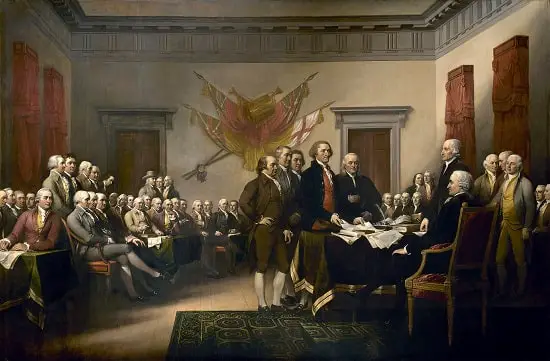
The American conflict marked its end on September 3, 1783, after signing the Treaty of Paris that focused on conditions to establish America as an independent state.
Meanwhile, the French conflict did not receive a decisive termination till the 19 th century, causing a series of violence due to political instability.
Although “Reign of Terror” in 1794 overthrew the monarch from France, Napoleon’s coup in 1999 finally put a full stop to the French Revolution.
Conclusion
Both the combats were rooted in their respective demands over liberty, justice, and equality; however, differences were observed in their approaches.
Likewise, the American Revolution emphasized taxation and unaddressed authority over the British Parliament, while the French Revolution targeted absolute imperialism.
The root causes of both conflicts were based on different ideologies followed by their duration.
Geographical locations, variations in battles, and the final decision implementation span distinguished the revolutionary wars from each other.
